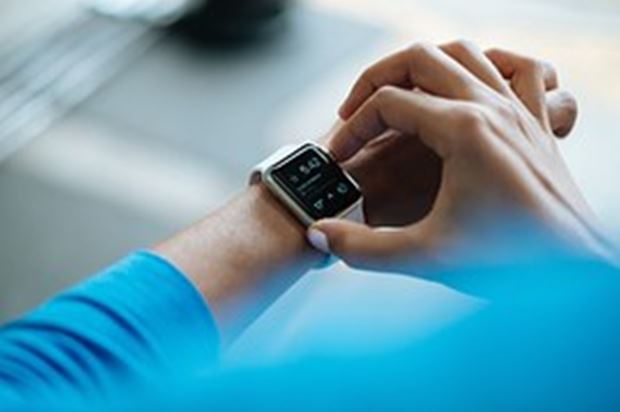 Wearables have landed into our life to entertain us, making some actions easy and even to control parts of it.
Wearables have landed into our life to entertain us, making some actions easy and even to control parts of it.
It is called wearable any accesory we wear that interacts with us and our devices in order to carry on any task (be it either related to health, sports, entertainment…).
Even though they have been around the markets several years, is this year 2016 when the real boom is being awaited. The proof of it is that in the recently celebrated Mobile World Congress, a whole area was dedicated to wearables and the Internet of Things. Furthermore, in this same event it was more than confirmed that wearable technology is rebounding quite strongly and, consequently, it will stay trendy for several years.
Did you know that there are wearables of any kind for any kind of users? Some examples of forecasted launches for this 2016:
- Alcatel Care Time: Is a watch aimed at kids between 5 and 9 years and allows calls and voice messages between parents and their children at any moment and to certain contacts. In addition, the watch has a GPS localizer that so children can be localized within 60 seconds.
- Shiftwear shoes: They are a pair of sportive shoes made with an electronic ink display whose design (both static and dynamic images) can be changed from an app installed in your mobile.
- The Oura ring: Like activity wristbands, this ring is capable of register our physical activities and monitor our sleep, sending all this information to the corresponding app.
All of them exhibit useful functionalities and are user-attractive, however… what would happen if someone knew your daughter’s exact position? How would you react when seeing, in your shoes, one of the photos you have on your mobile? And what if someone knew the exact time when you go to training, or even the path you usually take?
From the very first moment you open the box of your new device you are exposed to a series of risks that you should be aware of. Some of them are alien to you because you can’t control them, like the security of the internet servers where all your data is stored. However, there are other risks that, only dedicating a few minutes, you can control.
Next, in order to close the post, I’ll show you how to control the former:
- When you start using the wearable, the first thing you do is to download the app with which you can update and control all the information. Even though most of this applications provide their privacy policy where they explain everything related with your personal data, in a lot of them this policy is not so clearly stated. Moreover, most of us (and anyone that says the opposite is lying) usually accept it without giving it a glance. It’s worse, at the first scroll we take it for read and accepted… Therefore, first of all check that the application has a decent privacy policy. Once you have it in front of you, dedicate a couple of minutes to read (don’t be lazy) and to understand which data is going to be collected from you, why, and how it is going to be used. This will help you to avoid your data being given to external businesses that could use it for their own benefit. It is also important to look at the permissions the application requires and check if it is only accessing the options that are really needed for its proper function. For example, if your activity wristband is only useful to know how many hours you are sleeping and how many steps you take, it is really necessary for it to access your photos?
- Once the app is downloaded, you will need to create a new user and password. Remember that if someone finds out your user and password he will be able to access and control all your information. Here I am not going to tell you anything that has not been said before, but as you already know, use safe passwords. Forget about having simple passwords, nor easily guessable (let’s kill the 12345, qwerty and their kind) and, above all, do not use passwords you are already using in other devices or applications.
- After using the device, in most of them, you will need to dump the data in the app in order to see your progress or any other information that the wearable is able to gather. In order to achieve this synchronization, we need to have the Bluetooth However, with that simple action of activating the Bluetooth we are making it easy for anyone with minimal technical knowledge to track down or monitor our device. So, minimize risks and, once finalized the synchronization, turn it off.
- Last of all, be thoughtful of the last application updates. Even if it is quite probable that in several weeks you will get tired of the device and throw it away, update whenever possible. This way, any vulnerability that could compromise your security will be corrected.
(Translated from Spanish by Víctor Fernández Escorihuela. Image from pixabay)
